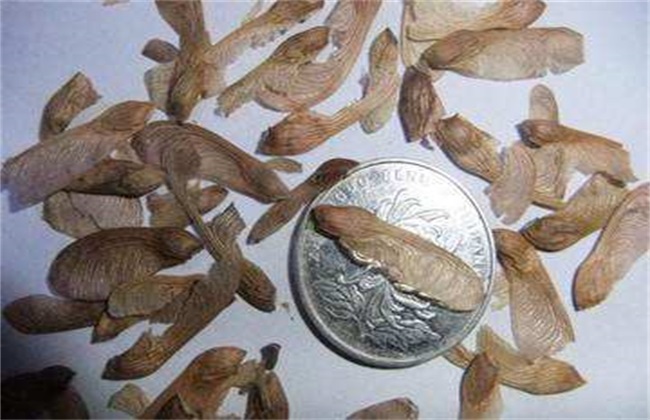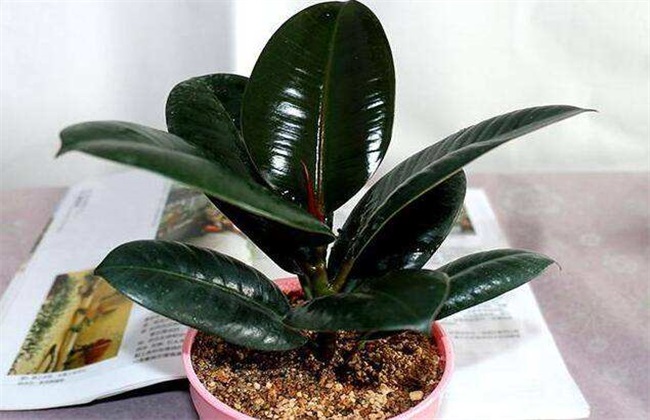Methods and matters needing attention for propagation of green pineapple
Green pineapple is a common indoor green plant, which has the function of absorbing impurities and purifying air, and can absorb harmful substances in the air, such as benzene, trichloroethylene, formaldehyde and so on. It is one of the preferred green plants for new house decoration and ventilation. In the case of matching with other ways of removing aldehyde and benzene, it can better play its role in air purification. At the same time, green pineapple is a kind of strong climbing and winding plant, which is evergreen all the year round, which is very suitable for the beautification of indoor environment. However, the reproduction of green pineapple is more complicated, today we will talk about the methods of green pineapple reproduction and matters needing attention.

Propagation method of ▶ green pineapple
Green pineapple is often propagated by cutting. There are two kinds of stem insertion and leaf insertion.
1. Stem insertion of green radish
It is usually carried out in spring and autumn. The annual branches with bright leaves, thick leaves and strong growth were selected, and the stems with 2-3 nodes were cut as cuttings with about 15cm. Don't hurt the root when cutting cuttings. After cutting, the cuttings should be inserted into the plain sand in time, the depth of the cuttings should be 1 to 3, and the cuttings should be watered and placed in a shaded place, or the cutting seedbed should be shaded. Spray water to the leaves twice a day, often keeping the soil and air moist. In the environment with temperature above 25 ℃ and semi-overcast, it can take root and grow leaves in about 15-20 days.
2. Green radish leaf insertion
The method of leaf cutting is to use green pineapple leaves to cut. The advantage is that it does not destroy the plant shape. The method is to select the strong leaves in the middle and upper part of the branch, cut them from the base of the petiole with a knife, and then insert them into the water or matrix. Water inserts and takes root quickly, so it is suitable for families to reproduce in a small amount. When inserting, the depth of petiole entering water should be 1~1.5cm. Too shallow, if the water evaporation does not replenish the leaf wilting in time; too deep, the petiole is easy to rot. Change the water every 5-7 days after insertion, and it can be planted in about 50 days. The cutting substrate should be mixed with fine sand and slag, and the substrate should be disinfected with exposure or ironing with boiling water before planting. Stick a hole with a bamboo stick when inserting, so as not to hurt the petiole, pour water after insertion, and pay attention to humidity and ventilation. Leaf insertion and germination is slow, which takes about 6-7 months.
Related
- Fuxing push coffee new agricultural production and marketing class: lack of small-scale processing plants
- Jujube rice field leisure farm deep ploughing Yilan for five years to create a space for organic food and play
- Nongyu Farm-A trial of organic papaya for brave women with advanced technology
- Four points for attention in the prevention and control of diseases and insect pests of edible fungi
- How to add nutrient solution to Edible Fungi
- Is there any good way to control edible fungus mites?
- Open Inoculation Technology of Edible Fungi
- Is there any clever way to use fertilizer for edible fungus in winter?
- What agents are used to kill the pathogens of edible fungi in the mushroom shed?
- Rapid drying of Edible Fungi



